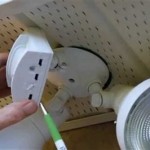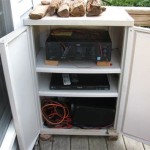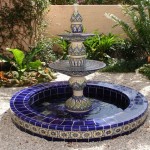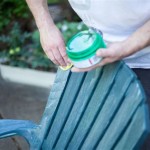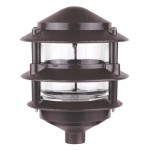Building an Outdoor Shower Floor: Essential Aspects
Creating an outdoor shower can be a refreshing addition to any backyard or patio. However, building a durable and functional shower floor is crucial for its longevity and usability. Here are some essential aspects to consider when constructing an outdoor shower floor.
1. Drainage
Proper drainage is essential to prevent water from accumulating and creating a slippery or unsightly area. The floor should be sloped gently towards a drain to allow water to flow away effectively. The drain pipe should be connected to a suitable drainage system, such as a french drain or dry well, to prevent waterlogging.
2. Surface Material
The surface material of the shower floor should be non-slip and provide a comfortable surface for standing. Options include:
- Tiled Floor: Ceramic or porcelain tiles are durable, non-slip, and aesthetically pleasing. However, they require proper installation and grouting.
- Concrete Floor: Concrete is a strong and affordable option. It can be finished with a non-slip surface or a decorative overlay.
- Natural Stone Floor: Natural stone, such as slate or travertine, provides a luxurious and organic look. However, it can be more expensive and requires regular sealing to prevent staining.
- Composite Decking Floor: Composite decking made with recycled materials is a durable and low-maintenance option. It provides a non-slip surface and can withstand weather conditions.
3. Supports and Framing
The shower floor needs to be securely supported to prevent sagging or movement. The supports can be made of concrete pillars, wood beams, or metal frames. The floor joists should be spaced appropriately to provide adequate support for the surface material.
4. Waterproofing
To prevent water damage to the underlying structure, the shower floor should be waterproofed. A waterproof membrane or sealant should be applied to the surface to create a barrier against water penetration. This will help protect the framing and supports from rot or deterioration.
5. Sealants and Grout
Sealants and grout are used to fill in joints and gaps between the surface material. This creates a watertight seal and prevents leaks. Sealants should be applied to the joints between tiles or stones, while grout is used to fill the gaps between tiles.
Additional Tips
- Consider adding a small bench or seat to the shower floor for convenience.
- Use a handheld showerhead to provide flexibility in rinsing.
- Install a privacy screen or enclosure around the shower for added privacy.
- Keep the shower area clean and free of debris to prevent clogs.

32 Beautiful Easy Diy Outdoor Shower Ideas A Piece Of Rainbow

Diy Outdoor Shower For Knuckleheads

Outdoor Shower Makeover On A Budget Bathroom Design Diy Enclosure

Easy Diy Outdoor Shower Enclosure Plans With Sustain My Craft Habit

How To Build An Outdoor Shower With S Wikihow

How To Build An Outdoor Shower With S Wikihow

Outdoor Shower Floor Idea I M Going To Be Glad Pinned This When Have My Beach Home Bathrooms Diy
50 Impressive Outdoor Shower Ideas And Designs Renoguide N Renovation Inspiration

Easy Diy Outdoor Shower Enclosure Plans With Sustain My Craft Habit

Home Freckles Fluff
Related Posts

